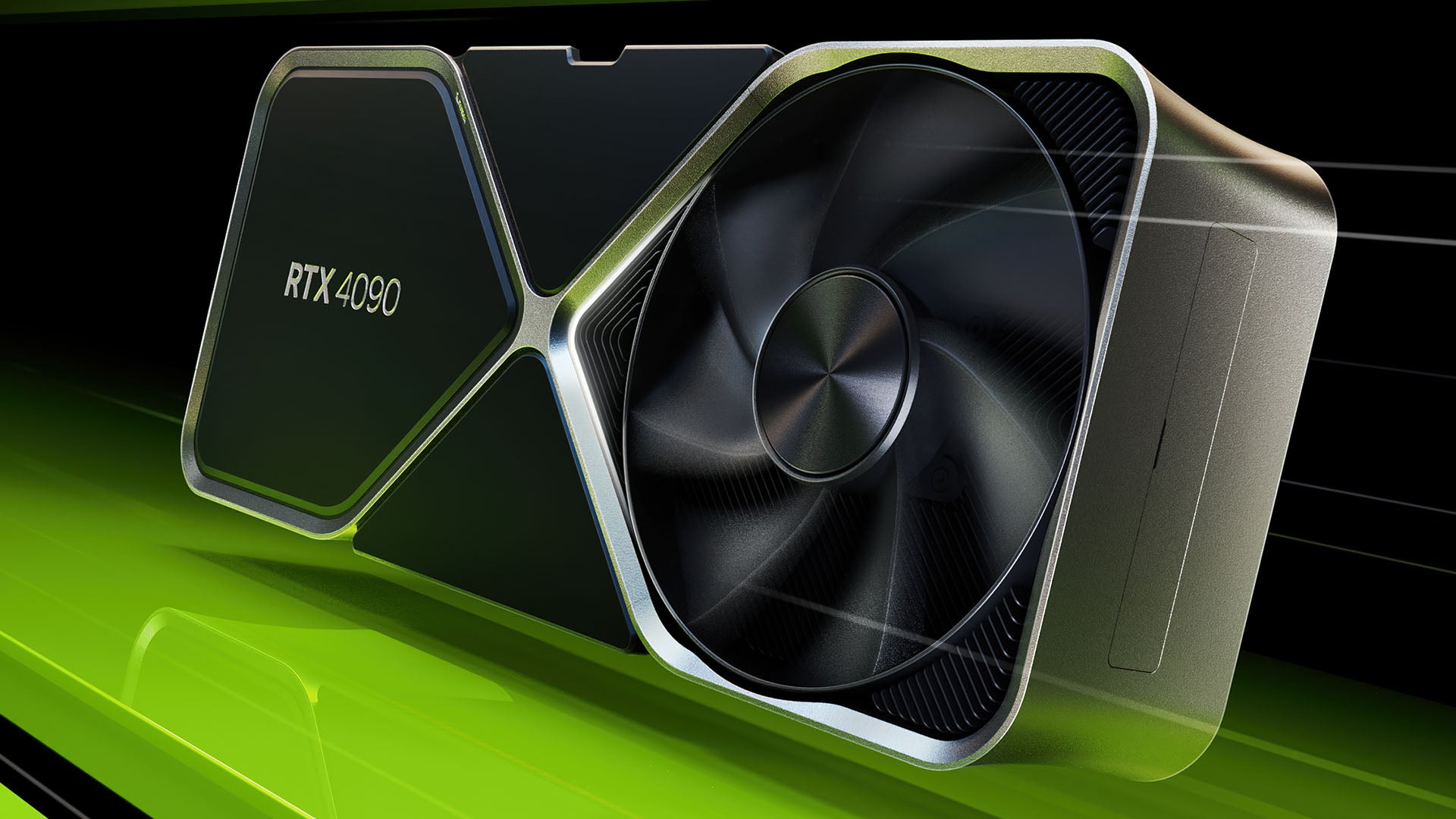
Earlier today, Nvidia finally revealed the new RTX 4090 and RTX 4080 video cards, based on the Ada Lovelace architecture. We've been hands-on with the RTX 4090 for the last few days and we're hard at work on content focusing on the firm's latest AI-based frame generation technology - DLSS 3.
First impressions on the RTX 4090 itself though? It's easily one of the biggest gen-on-gen increases in performance we've seen, even based on limited testing. 4K gaming for higher refresh rate monitors and TVs is not a problem on most modern titles - and by extension, 8K at 60fps is now viable if you're one of the crazy few (like me) that actually has an 8K TV. Combine that increase in performance with the new DLSS 3 - with its AI-based frame generation - and suddenly the most intense workloads in PC gaming play out with unerring fluidity.
We were hoping to get our full video ready for today but having already sunk a full weekend into it, we're not done yet and need some extra time - so with that being the case, we've put together a teaser video showing some of the work we've already done.
DLSS 3 is essentially comprised of three components: the existing AI upscaling techniques from DLSS 2 working in combination with brand-new AI frame generation technology using the new optical flow generator found within the new Ada Lovelace architecture. Essentially, two frames are generated using existing rendering techniques, then a third 'interpolated' frame is inserted between them using the new frame generation technology. The buffering of two frames in this manner will obviously have latency implications, which means that Nvidia's input lag reduction technology - Reflex - is a mandatory third addition to the DLSS 3 suite. The idea is to mitigate the extra lag introduced by frame interpolation with the use of Reflex.
So, the key questions facing the new techologies are straightforward: what is the quality level of the interpolated frames and to what extent does input lag increase or decrease based on frame buffering in combination with whatever mitigations Reflex provides. It's important to understand the limitations as well as the strengths: for example, esports players bank on higher frame-rates to reduce lag significantly - applications here will likely be limited. However, at the same time, seeing the most taxing of triple-A content running smoothly on my LG OLED CX at its max 120Hz refresh rate has been quite an experience.
We'll be aiming to cover these topics and more in broad strokes our content coming later this week but for now at least, the trailer above should give you some idea of the quality level of DLSS 3 and some of the tests we've been running. Of course, a 4K 120fps video delivery system isn't available right now, so we've run our captures at half speed, so you get to see the each and every frame.
This has been a very challenging project (not least because 4K 120fps capture didn't really exist when we started work) but the content we're working on is shaping up nicely. Expect to see the final piece go live later this week.
https://news.google.com/__i/rss/rd/articles/CBMiZmh0dHBzOi8vd3d3LmV1cm9nYW1lci5uZXQvZGlnaXRhbGZvdW5kcnktMjAyMi1kaWdpdGFsLWZvdW5kcnktaXMtbm93LWhhbmRzLW9uLXdpdGgtcnR4LTQwOTAtYW5kLWRsc3MtM9IBAA?oc=5
2022-09-20 17:22:15Z
1567178562
Tidak ada komentar:
Posting Komentar